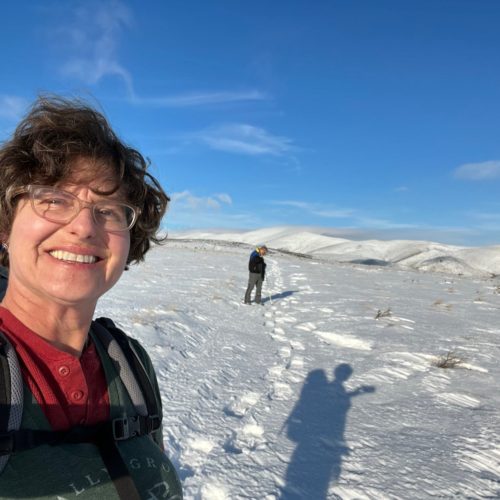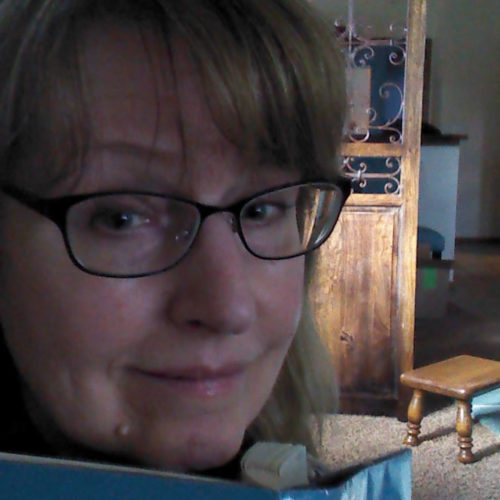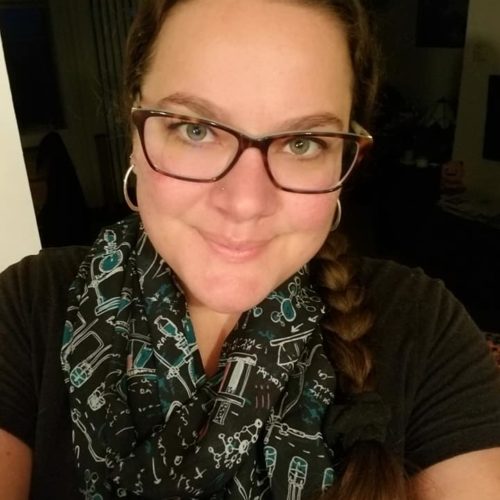ESCALA Presentations

Presentation Title: ‘“¡Mucho Gusto!” Decreasing Student Drops in MATH 98 with Zoom Check-Ins’
Short Summary
How would increasing opportunities for relatedness by requiring one on one interactions multiple times affect the number of Latinx students who withdraw from Math 98 Online?

Presentation Title: ‘Can Required Office Hours Improve Relatedness for Latino Students?’
Short Summary
By requiring students to attend a low stakes office hour in the first week of classes, and a second office hour later in the quarter, the goal was to increase the relatedness of the professor. Student success rates increased and office hours were used more as a result of this change. Moving forward, the plan is to continue to require an office hour during the first week of the quarter.

Presentation Title: ‘Layering learning – the path to a student’s academic identity’
Short Summary
The Department of Communication at Big Bend Community College offered, for the first time in Fall 2021, the class Intercultural Communication. This coincided with Barbara Ann Bush’s (full-time instructor in that department) participation in ESCALA. Intercultural Communication was an ideal candidate for testing outcomes for LatinX students because it has layered into the course material opportunities to express a subjective approach to identity, something that the ESCALA program encourages in terms of increasing student participation. What Dr. Bush however, wanted to test was one, the rhythm of the course structure of the newly minted class, and two, more specifically, addressing the well-documented conceptual perception that some community college students, especially LatinX students, have that they are “imposters” in the classroom. Bush developed the course using “layered” learning to see what the outcome would be for quality of assignments students produced, as well as how the students felt about their own academic identity both at the start and the end of the course. Layered learning, as it turns out, improves rigor and increases student participation, as well as confidence.

Presentation Title: ‘Three Steps Forward: The Equity Journey Without End’
Short Summary
Can I both increase retention and improve L/H student performance by creating one activity/approach/lesson that can improve confidence, trust, AND relatedness at the same time?

Presentation Title: ‘Investigating the Impact of the Washington Checklist on Student Sense of Belonging in an Online Course’
Short Summary
This project shows that it is possible to create a sense of belonging in an online course environment. The disaggregated data collected from assignment completion and a student survey show the impact of using a checklist to verify that essential features are included in the course.

Presentation Title: ‘Second Chances for Success: A Hand Up’
Short Summary
Providing students with the opportunity to submit late work or revise work with no penalty resulted in fewer assignments with 0s across the class when compared to fall 2020. Students were able to submit a completion plan for assignments they needed more time to complete, they were able to determine how much time they knew they needed, and the quality of submissions increased overall as well with fewer assignments earning below 2.0. This late work system was successful and will continue with all classes.

Presentation Title: ‘TILTing for Trust: Increasing Transparency in General Chemistry’
Short Summary
Student success data were collected from CHEM 161: General Chemistry I from Fall quarters spanning from 2016-2020. When analyzed, it was determined that the number of students earning C’s in the course were disproportionally Latino/a/x students and that same group was underrepresented in the overall students earning B’s. Changes were made to the format of content delivery in Fall 2021, including the use of TILT (Transparency in Learning and Teaching) templates, greater clarity in the amount of time assignments would take, clearer connection to course learning outcomes, and the addition of exam wrappers that allowed students to reflect on their learning and study strategies. Student success data were collected after the changes and there was a significant shift of the proportion of Latino/a/x students who earned higher letter grades.

Presentation Title: ‘Enhancing Competency Through Graphic Organizers’
Short Summary
Graphic Organizers are a tools that students can use to engage with course content. Graphic Organizers helps students make connections with vocabulary and break down ideas to enhance learning. Students can take the reins when they have tools that they know and can use to interact with course content and beyond.

Presentation Title: ‘Increasing relatedness: introducing MLA format earlier in English 101’
Short Summary
An identified trend between the first and second essays showed a large dip in grades, particularly for Latinx students. The inclusion of an expectation of using direct quotes in the first essay as an intervention was introduced.

Presentation Title: ‘Better late than never: Removing punitive course policies to increase completion’
Short Summary
I experimented with removing late-work penalties in my courses and found numerous benefits for the students and myself.

Presentation Title: ‘Can use of video assessment improve student engagement?’

Presentation Title: ‘Investigating the Impact of Rubrics on Student Learning in the German classroom.’

